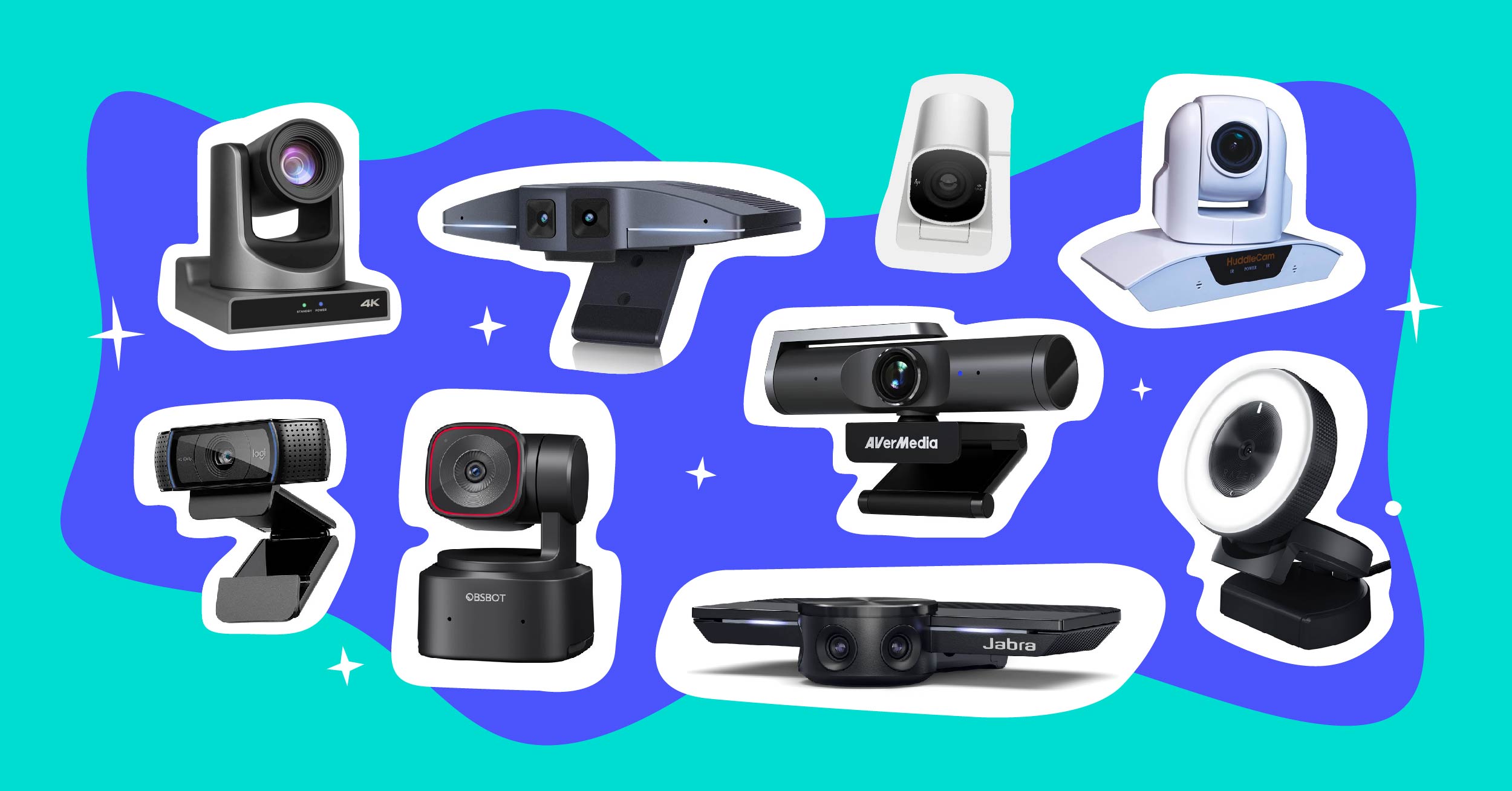The global pandemic sparked an unprecedented surge in live-streaming activities worldwide. Millions of content creators found themselves setting up home studios overnight. These new streamers faced numerous technical challenges. Microphone selection emerged as a critical hurdle.
A streamer’s success heavily depends on sound quality. That’s why choosing between dynamic and condenser microphones is crucial. Many creators struggle with this decision, as each microphone type offers distinct advantages. The wrong choice can result in poor audio quality, unwanted background noise, or technical complications during live broadcasts.
Dynamic mics work best in noisy environments and live performances. Condenser microphones shine in quiet studio settings. Each type serves different purposes in the recording world.
Professional streamers often recommend starting with a thorough understanding of both microphone types. This approach helps creators match their specific needs with the right equipment. The recording environment, content type, and technical setup all play vital roles in determining the ideal microphone choice.
In this guide, we will explore the key differences between dynamic and condenser microphones for streaming. Let’s buckle it up and get started with a head-to-head comparison.
Dynamic vs Condenser Microphone: Key Differences
- Dynamic mics excel in loud environments, while condensers perform best in quiet studio settings.
- Dynamic models have simpler construction, whereas condensers contain complex electronic components.
- Unlike condensers, dynamic mics don’t need an external power source.
- They offer natural sound reproduction, while condenser types deliver crisp, detailed audio capture.
- These mics handle high sound pressure levels without distortion, but condensers can become overwhelmed by loud sounds.
- They generally have limited frequency response ranges, while condenser models capture a broader spectrum.
- Dynamic types are more durable and resistant to drops, while condensers need careful handling.
- More affordable, they offer good value, while condensers require higher investment for premium sound.
- They reject background noise effectively, unlike condensers, which pick up more ambient sounds.
- Perfect for untreated rooms, dynamic mics are more forgiving, while condensers need acoustically treated spaces for optimal performance.
What are Dynamic Microphones?
A dynamic microphone transforms sound waves into electrical signals through electromagnetic induction. This moving coil mic contains a diaphragm attached to a metal coil suspended within a magnetic field.
The sound waves hit the diaphragm, which moves the attached coil inside the magnetic field. This movement creates electrical signals that travel through the mic cable to your audio interface. Dynamic microphones offer excellent durability and reliability in live settings. These mics excel at handling high sound pressure levels from guitar amps and drum kits.
The robust construction of dynamic mics makes them perfect for rough handling during performances. Dynamic microphones do not require phantom power or external power supplies for operation.
How Dynamic Microphones Work
Dynamic microphones use a simple yet effective mechanism to capture sound. The internal structure includes a metal coil attached to a diaphragm that moves within a magnetic field. Sound waves strike the diaphragm, and the coil transforms these vibrations into electrical signals.
These microphones need close positioning to the sound source for optimal performance. The recommended distance ranges from 2 to 6 inches between the speaker and microphone. This proximity requirement makes dynamic mics excellent at rejecting unwanted background noise in less controlled environments. The design focuses on capturing the intended sound while minimizing ambient interference.
Dynamic microphones stand out for their plug-and-play nature. The passive design eliminates the need for phantom power or external power supplies. Users can connect these mics directly to most audio interfaces or mixers without additional setup steps. This simplicity makes dynamic microphones a reliable choice for streamers who prefer straightforward audio solutions. The robust construction also ensures consistent performance across various recording scenarios.
Advantages of Dynamic Microphones
- Dynamic mics block unwanted background sounds from your stream effectively.
- These microphones handle loud sounds without any audio distortion.
- The price point remains lower compared to most condenser microphones.
- Dynamic microphones do not need any phantom power supply.
- The sturdy build quality ensures excellent durability for daily use.
- Your keyboard clicks and mouse sounds stay out naturally.
- Room acoustics have minimal impact on dynamic microphone performance.
- The focused pickup pattern captures your voice with clarity.
- Dynamic mics work great in untreated recording spaces.
- These microphones require minimal maintenance over their lifetime.
Disadvantages of Dynamic Microphones
- Dynamic microphones need extra gain for optimal recording levels.
- These mics produce lower output signals than condenser microphones.
- The sound quality lacks brightness in higher frequency ranges.
- Dynamic microphones demand precise positioning for the best results.
- Your voice must stay close to capture clear audio.
- The frequency response remains limited compared to condenser options.
- Most dynamic mics miss subtle sound details in vocal recordings.
- The bass response suffers when positioned incorrectly from sources.
- Dynamic microphones offer less sensitivity to quiet sound sources.
- Your recordings might need additional post-processing for clarity.
What are Condenser Microphones?
A condenser microphone uses a thin metal membrane and a fixed metal plate to convert sound into electrical signals. The membrane acts as one plate of a capacitor, while the metal backplate serves as the other. These capacitor microphones need phantom power to operate effectively.
The thin membrane in condenser mics responds to subtle sound variations with exceptional detail. Professional studios prefer condenser microphones for recording vocals and acoustic guitars. The high sensitivity and wide dynamic range make these mics ideal for capturing delicate sound nuances. A condenser mic delivers pristine audio quality in controlled environments like streaming rooms or recording booths.
How Condenser Microphones Work
Condenser microphones use a sophisticated system of electrical components to capture sound. The main element consists of a thin metal diaphragm and a solid metal backplate, which form a capacitor. Sound waves create variations in the distance between these two metal plates, producing an electrical signal.
The capacitor system requires external power to function properly. Most condenser mics need 48V phantom power from an audio interface or mixer. USB condenser microphones draw power directly through the computer’s USB port. This power requirement enables the mic’s internal electronics to deliver high sensitivity and detailed audio capture. The electrical design allows condenser mics to pick up subtle sound nuances that dynamic microphones might miss. A condenser microphone’s powered system makes it an excellent choice for capturing vocals and acoustic instruments in controlled environments.
Advantages
- Condenser mics capture crisp high frequencies with exceptional clarity.
- The wide frequency response delivers professional-grade vocal recordings.
- A condenser mic’s diaphragm picks up subtle sound details.
- These microphones excel at recording acoustic instruments and vocals.
- The natural sound reproduction creates broadcast-quality audio streams.
- Condenser microphones work well from greater distances than dynamic mics.
- The high sensitivity allows for flexible microphone positioning options.
- Your voice maintains clarity even at 8 inches away.
- The detailed frequency capture produces radio-ready vocal quality.
- Condenser mics provide studio-grade sound in treated recording spaces.
Disadvantages
- Condenser mics capture unwanted background noises from your recording space.
- The thin diaphragm makes these microphones extremely fragile to handle.
- Your room must have proper acoustic treatment for good results.
- The external power supply requirement adds complexity to the setup.
- Condenser microphones come with a higher price tag than dynamics.
Additional points to consider:
- The sensitive capsule picks up keyboard clicks and mouse sounds.
- Your air conditioning and computer fans create audio interference.
- The delicate components need careful handling during transport and setup.
- Most condenser mics struggle in humid recording environments.
- The high sensitivity often causes issues with plosive sounds.
Key Differences Between Dynamic and Condenser Microphones
Sensitivity
Dynamic and condenser mics show significant differences in their sensitivity levels. Dynamic microphones offer lower sensitivity, making them ideal for loud sound sources like snare drums and bass drums. These mics excel in noisy environments where background sounds need filtering.
Condenser mics tend to capture every subtle detail due to their high sensitivity. The variable capacitance design allows condenser microphones to pick up higher frequencies with precision. This sensitivity makes condenser mics perfect for capturing vocals and detailed audio in quiet spaces.
Professional studios prefer condenser microphones for their ability to record instruments with exceptional clarity.
Frequency Response
The cardioid frequency response varies significantly between these two microphone types. Dynamic microphones provide a focused sound with emphasis on mid-range frequencies. These mics deliver good sound quality for voice broadcasting and brass instruments. The polar pattern of dynamic mics helps reject off-axis sounds effectively.
Condenser microphones offer a wider frequency range with enhanced detail in higher frequencies. The polar patterns of condenser mics capture more ambient sound and room acoustics. One microphone type isn’t necessarily better – each serves different recording purposes effectively.
Power Requirements
Power needs to create a fundamental difference between dynamic and condenser microphones. Dynamic microphones operate without any external power source. The mechanical design generates electrical current through electromagnetic induction. One mic can plug directly into most audio interfaces.
Condenser microphones require 48V phantom power for operation. An external preamp or audio interface must supply this power. The electrical signal in condenser mics needs this power for the internal circuitry. USB condenser microphones draw power directly from computer connections.
Durability and Cost
The construction and price points differ significantly between these microphone types. Dynamic microphones feature robust builds similar to ribbon mics. These mics withstand drops, impacts, and extreme temperatures without damage. The best microphones for touring often come from the dynamic category.
Condenser microphones contain delicate components that require careful handling. The thin diaphragm and internal electronics make them more fragile. High-quality sound comes at a higher price with condenser microphones. The sophisticated components and manufacturing process increase their cost.
Choosing the Right Microphone for Your Streaming Setup
Your streaming environment plays a crucial role in microphone selection. The room acoustics and background noise levels will determine your ideal microphone type.
Environment Considerations
A condenser microphone works best in quiet, treated rooms. Your home studio should have proper soundproofing for optimal condenser mic performance. The walls need acoustic panels to reduce sound reflections. The room must be free from computer fan noise and air conditioning sounds.
A dynamic microphone suits streamers in noisy environments. Your gaming room can have mechanical keyboards and clicking mice. The street noise and household sounds won’t affect dynamic mic performance. The robust design blocks unwanted background interference effectively.
Personal Preference
Sound quality preferences will guide your microphone choice. A condenser microphone captures crystal-clear audio with rich detail. The high sensitivity delivers professional broadcast quality. Your voice maintains natural warmth and presence through a condenser mic.
A dynamic microphone offers practical benefits for most streamers. The focused pickup pattern eliminates room noise automatically. Your voice stays clear without picking up keyboard sounds. The rugged construction ensures reliable performance during long streaming sessions.
Budget considerations also affect microphone selection. Dynamic microphones provide excellent value for new streamers. The lower price point makes them accessible to beginners. A condenser microphone represents a bigger investment for professional sound quality.
The technical setup requirements differ between microphone types. A dynamic microphone needs minimal additional equipment. The plug-and-play nature simplifies your streaming workflow. A condenser microphone demands proper audio interfaces and a phantom power supply.
So, Which is Best for Streaming? Dynamic or Condenser Mics
Dynamic microphones stand as the best choice for most streamers. A dynamic mic offers superior performance in a noisy environment, making it ideal for gaming and casual streaming setups.
The background noise rejection capabilities of dynamic mics make them perfect for streaming. Your keyboard clicks, mouse movements, and computer fan noise stay out of your audio feed.
Dynamic microphones provide consistent sound quality without requiring acoustic treatment. Your room setup remains flexible, and you won’t need expensive soundproofing materials.
The durability of dynamic mics ensures long-term reliability for daily streaming sessions. Your investment stays protected even with regular handling and movement.
The cost-effectiveness of dynamic microphones appeals to new and established streamers alike. Your initial setup costs remain reasonable while maintaining professional sound quality.
Dynamic mics excel at capturing sound from close distances. Your voice comes through clear and focused, creating an engaging streaming experience for viewers.
The simple setup process of dynamic microphones streamlines your streaming workflow. You can start broadcasting quickly without complex audio configurations.
A dynamic microphone’s resistance to plosive sounds improves overall stream quality. Your speech remains clear without harsh popping sounds on P’s and B’s.
The versatile nature of dynamic mics accommodates different streaming environments. Your content stays professional-sounding whether you stream from a bedroom or dedicated space.
Dynamic microphones represent the practical choice for most streaming situations. Your success on platforms like Twitch depends on reliable, consistent audio quality.
Conclusion
The best microphone matches your specific streaming needs and recording space. A dynamic microphone suits streamers in untreated rooms with ambient noise. A condenser microphone benefits content creators in acoustically treated spaces seeking broadcast-quality sound.
High-quality equipment alone cannot guarantee successful streams. A powerful streaming platform ensures smooth content delivery with low latency and adaptive bitrate. Castr provides reliable streaming solutions that optimize your audio quality for viewers.
The platform counts every second of your stream to maintain consistent performance. Castr’s advanced features complement your microphone setup for professional broadcasts. You can try Castr today to experience seamless streaming with your chosen microphone.
Your streaming success depends on both quality equipment and reliable software solutions. The right combination will help you create engaging content for your audience. Castr offers a free trial to test its powerful streaming capabilities with your microphone setup.








